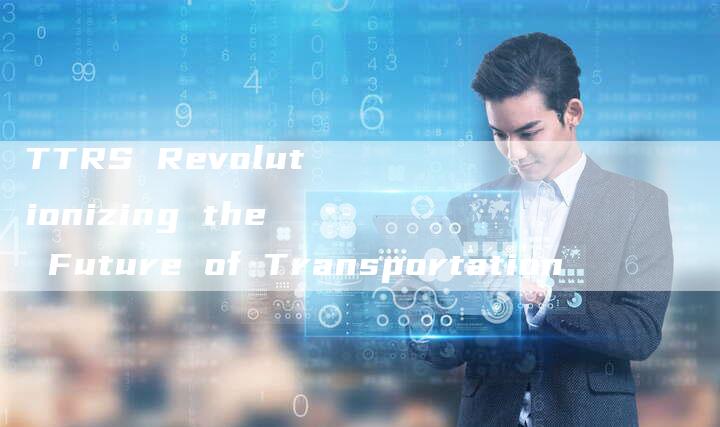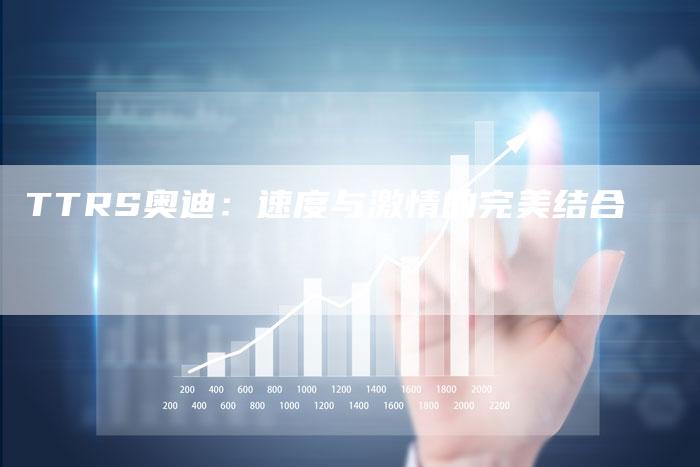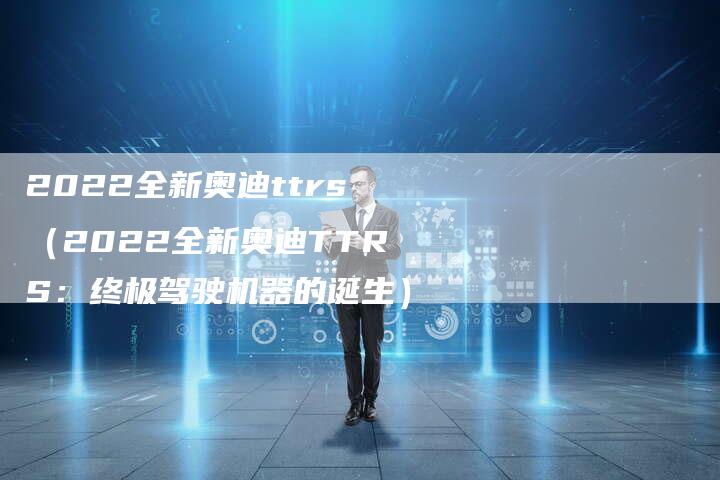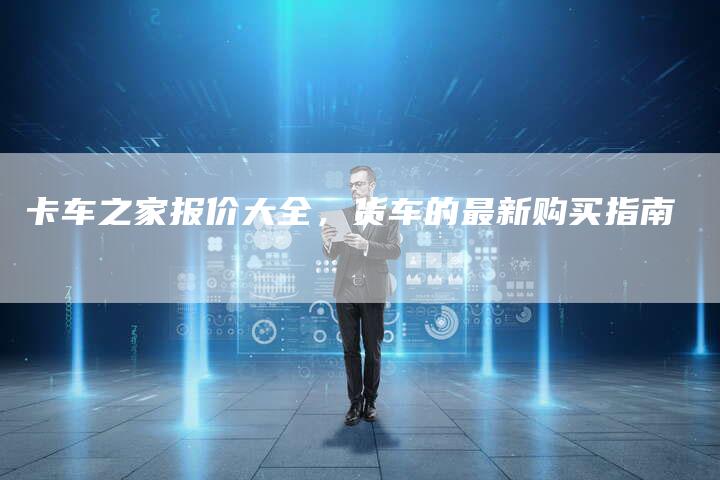
What is TTRS?
TTRS, which stands for Transportation Time Reduction System, is a groundbreaking technology that aims to revolutionize the future of transportation. It is an innovative solution that promises to drastically reduce travel times and provide enhanced convenience for commuters.
How does TTRS work?
TTRS utilizes a combination of advanced technologies, including autonomous vehicles, artificial intelligence, and smart traffic management systems. These elements work harmoniously to optimize transport efficiency, minimize traffic congestion, and ensure seamless navigation.
What are the benefits of TTRS?
One of the key benefits of TTRS is the significant reduction in travel times. By utilizing autonomous vehicles that can communicate with each other and make real-time adjustments to routes, TTRS eliminates the need for human-driven vehicles that are prone to inefficiencies and traffic jams.
Additionally, TTRS enhances safety on the roads. With the integration of advanced AI algorithms and sensors, the system ensures quick reaction times and minimizes the risk of accidents caused by human error.
Moreover, TTRS offers a more sustainable transportation solution. By optimizing traffic flow and reducing idling time, it reduces fuel consumption and emissions, contributing to a greener future.
How will TTRS impact our daily lives?
TTRS has the potential to transform our daily commutes and make our lives more convenient. Imagine a world where you can reach your destination faster, with less stress and hassle. No more wasting hours stuck in traffic or worrying about finding parking spots.
With TTRS, you can enjoy more productive time during your commute. Whether it's catching up on emails, reading a book, or simply relaxing, the time spent in transit becomes more valuable. Additionally, the reduced travel times allow for more flexibility in planning daily activities.
What are the challenges and concerns with TTRS?
While TTRS presents exciting possibilities, there are also challenges and concerns that need to be addressed. One of the challenges is the need for a significant overhaul of existing transportation infrastructure. Implementing TTRS would require extensive investments in technology and infrastructure upgrades.
Additionally, there are concerns about the impact of TTRS on employment. As autonomous vehicles become more widespread, there is the potential for job displacement in certain sectors, such as driving and transportation services.
Privacy and cybersecurity are also critical concerns with TTRS. As the system relies on collecting and analyzing vast amounts of data, there must be robust measures in place to protect personal information and ensure the system is secure from cyber threats.
Conclusion
TTRS has the potential to revolutionize the way we travel, offering faster, safer, and more sustainable transportation. While there are challenges to overcome, the benefits it can bring to our daily lives are undeniable. With further advancements and careful planning, TTRS could be the game-changer that shapes the future of transportation.






















